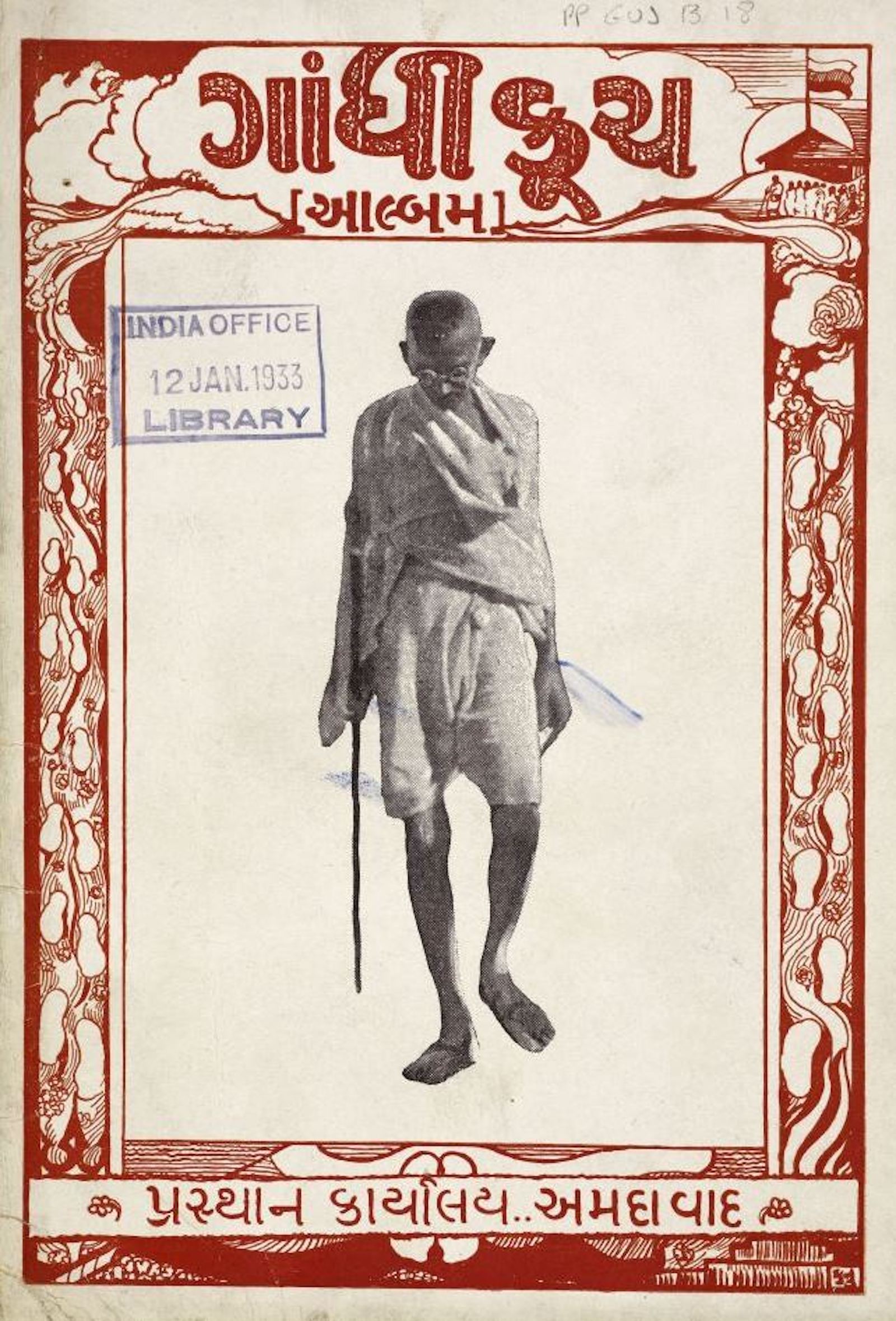Gandhi, Non-Violence and Indian Independence
The legend of Mahatma Gandhi places his non-violent Non-Cooperation, Civil Disobedience, and Quit India movements at the heart of India’s independence. There's more to the story.

Mohandas Gandhi’s reputation as the Indian spiritual and political leader who coordinated and led a successful national struggle for independence against British imperial rule on the strength of a non-violent movement survives largely intact. The legend of Mahatma Gandhi has it that he returned to India from South Africa in 1915, took control of and radically transformed the Indian nationalist movement, and led three great popular movements that eventually wore down the British government and led to Indian independence. These were the Non-Cooperation Movement, 1920-22, in conjunction with the Khilafat Movement for the restoration of the Caliphate in Turkey after the First World War (a coalition he proposed with Muslim political leaders in which he required his colleagues to accept him as Dictator – his word); the Civil Disobedience Movement, 1930-31 (unsuccessfully sought to be revived from 1932 to 1934); and the Quit India Movement of 1942.







